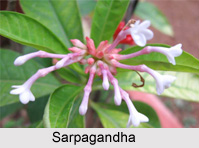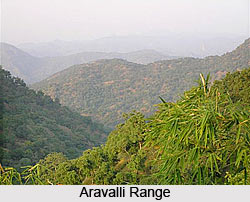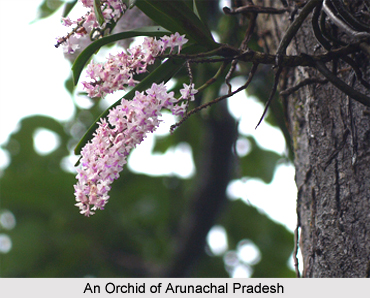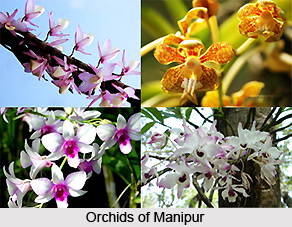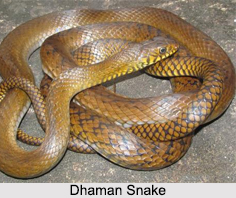 Lesser Coucal is an Indian bird that bears a scientific name "Centropus bengalensis" blongs from the family of Cuculidae.
Lesser Coucal is an Indian bird that bears a scientific name "Centropus bengalensis" blongs from the family of Cuculidae.
Structure of Lesser Coucal
Lesser Coucal has a wide distribution range in the Asian Sub continent that overlaps with several other similar species. The habitat in which it is found is often marshy land with grass and tree cover. It is distinguished by its smaller size, less prominent bill, pale shaft streaks on the feathers of the head and back. It has a much longer claw on its hind toe and a distinct call. It is also among the few coucals that show season plumage differences but like in other coucals, the sexes cannot be distinguished in the field.
Size of Lesser Coucal
Lesser Coucal is slightly smaller-sized and shorter-billed coucal that has a very long hind claw, the longest within the genus. The overall plumage, as in many other coucals, is of a blackish bird with a long tail and rufous wings. They have two plumages, a breeding plumage in which the head and upper back are glossy with dark shafts to the feather and a duller non-breeding plumage in which the feather shafts on the head and back are whitish. The wing coverts also have pale shafts showing as whitish streaks on the brown feathers. The central upper tail coverts are barred and very long. The iris is darker brown and not the crimson red as in the greater Coucal. Juveniles have black spots, bars and have a browner colour.
Distribution of Lesser Coucal
Lesser Coucal is widely distributed west from the Indian states, despite an old report of a skin of doubtful provenance extending east across Southeast Asian countries and the Indian states like West Bengal, Bihar, Jharkhand, Odisha, Assam, Tripura and Meghalaya. The slight differences in size and plumage are noted in different parts of their range and several subspecies have been designated.
Description of Lesser Coucal
The nominate form of Lesser Coucal is found from India to Thailand. Subspecies lignator described by Swinhoe in 1861 is larger and found in south-eastern China and Taiwan. Subspecies Javanensis described by Dumont in 1818 is smaller and found across the larger islands along the Malay Peninsula extending east to the Philippines. Some island forms are larger and these include sarasinorum described by Stresemann in 1912 and found on Sulawesi, the Sula Islands, Lesser Sundas and Timor. The form on the Moluccas, medius described by Bonaparte in 1850, is the largest. Some other subspecies like Philppinensis from the Philippines and chamnongi from Thailand are not always recognized and are thought to form either variants or intermediate plumages. The population patchily distributed in the Western Ghats Mountain Range in India may constitute a distinct subspecies.
 DNA of Lesser Coucal
DNA of Lesser Coucal
In the past, Lesser Coucal was lumped along with the Malagasy Coucal but comparison of DNA sequences suggest that the Lesser Coucal is more closely related to the Black Coucal and Philippine Coucal than to any other relatives
Nests of Lesser Coucal
Lesser Coucal is found singly or in pairs low in the undergrowth in marshy or grassy areas adjoining forest. They appear to be found mainly in lowlands. Like other coucals, they are not brood-parasitic cuckoos. They nest from May to September but mainly after the rains in June in India, building a dome of grass blades on a low tree. The usual clutch is 3 eggs in India, 2 in Southeast Asia and 4 in Taiwan.
Call of Lesser Coucal
Calls of Lesser Coucal include a series of low double "whoot-woot" or "kurook" notes that increase in tempo and descend in pitch. The Indonesian name of dudut is onomatopoeic.






